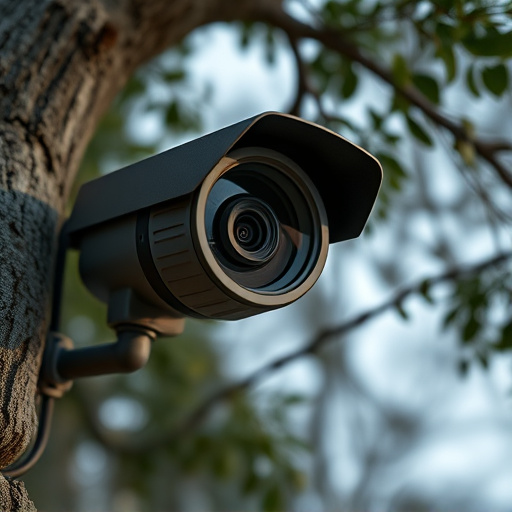Micro cameras, or covert recording devices, have revolutionized child protection by discreetly monitoring sensitive environments. Their small size and advanced technology allow them to capture high-quality video with minimal power, enabling authorities and caregivers to take immediate action against potential hazards. However, their deployment raises ethical and legal concerns regarding privacy invasion, with varying legal frameworks globally. These cameras help stay ahead of threats by offering discrete surveillance, motion sensors, audio alerts, and real-time video streaming, fostering a proactive, safe environment while building trust.
In an era where technology plays a pivotal role, micro cameras emerge as powerful tools for child protection. These tiny yet advanced devices offer unprecedented insights, but also raise complex ethical and legal questions. This article delves into the world of micro cameras for child protection, exploring their application, potential risks, and most importantly, effective covert recording equipment detection methods. Understanding these intricacies is crucial to ensuring safety while navigating this modern landscape.
- Understanding Micro Cameras: Unveiling Hidden Technology for Child Protection
- Ethical Considerations and Legal Aspects of Covert Recording Equipment Placement
- Detection Methods: Staying Ahead to Ensure Safety in Child Monitoring
Understanding Micro Cameras: Unveiling Hidden Technology for Child Protection
Micro cameras, often referred to as hidden or covert recording devices, have revolutionized child protection efforts by offering a discreet and effective way to monitor sensitive environments. These tiny yet powerful tools are designed to be nearly invisible, fitting seamlessly into everyday objects like toys, keychains, or even wall decorations. The technology behind micro cameras has advanced significantly, enabling high-quality video capture and real-time transmission with minimal power consumption.
With their compact size and versatile design, micro cameras provide a unique advantage in situations where traditional surveillance methods might be impractical or raise privacy concerns. They can be strategically placed to capture footage of potential hazards or abusive scenarios, allowing authorities and caregivers to take prompt action. This innovative approach to child protection leverages technology to create safer spaces, ensuring that children remain unharmed and their well-being is prioritized.
Ethical Considerations and Legal Aspects of Covert Recording Equipment Placement
The placement and use of covert recording equipment, especially micro cameras for child protection, raise significant ethical and legal questions. On one hand, these devices can serve as powerful tools to safeguard vulnerable individuals, such as children in care settings or schools, from potential abuse or harm. However, their deployment also invades privacy and may infringe upon civil liberties if not handled with utmost care.
Legally, the use of covert recording equipment varies across jurisdictions. Some regions have strict regulations governing its placement, consent requirements, and evidence admissibility. For instance, many places mandate clear and explicit notices informing individuals that they are being recorded to ensure transparency and respect for privacy rights. Misuse or unauthorized deployment of such devices can lead to severe legal consequences, including charges of invasion of privacy or surveillance abuse. Therefore, it’s crucial for organizations utilizing micro cameras for child protection to navigate these legal aspects meticulously to uphold ethical standards while ensuring the safety of their charges.
Detection Methods: Staying Ahead to Ensure Safety in Child Monitoring
In the realm of child monitoring, staying ahead of potential threats is paramount. Detection methods play a crucial role in ensuring safety and peace of mind for parents and caregivers. One innovative approach involves the strategic placement of micro cameras for child protection. These tiny yet powerful devices offer discrete surveillance, allowing adults to monitor children’s activities without disturbing their natural environment.
Advanced detection techniques further enhance this process. Motion sensors, audio alerts, and real-time video streaming enable quick responses to unusual behaviors or potential dangers. By staying proactive with these modern tools, caregivers can create a safer space for children while fostering an environment of trust and understanding.
The utilization of micro cameras for child protection raises important ethical and legal considerations, but with proper guidelines and detection methods, it can be a powerful tool to ensure safety. By staying informed about covert recording equipment placement and detection techniques, we can create a safer environment for children while respecting privacy rights. Micro cameras, when used responsibly, have the potential to revolutionize child monitoring, offering peace of mind for parents and guardians.
